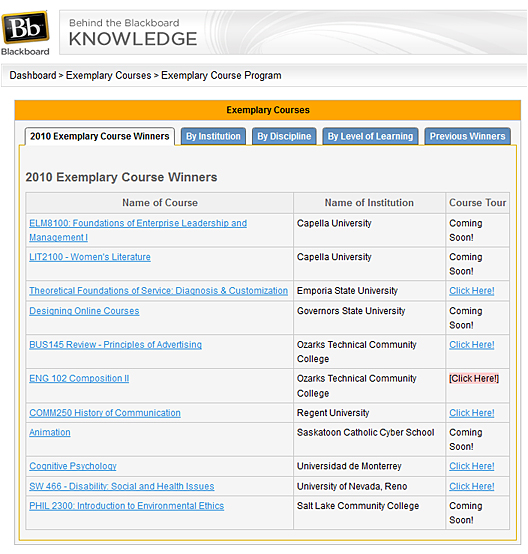Royalty Free Music and EmbedPlus — from The Thinking Stick by Jeff Utecht
Excerpt on EmbedPlus:
“You can set times in the video to skip to, you can slow the video down, and rewind. Some pretty cool extra features….and all for free.”
Royalty Free Music and EmbedPlus — from The Thinking Stick by Jeff Utecht
Excerpt on EmbedPlus:
“You can set times in the video to skip to, you can slow the video down, and rewind. Some pretty cool extra features….and all for free.”
To “appify” old media, we need a new approach — from gigaom.com
The publishing industry is keeping its formerly inky fingers crossed that mobile devices, including the seemingly ubiquitous iPad, will save its behind. With the mobile market still in its infancy, it’s a tad early to be calling definitive trends, but there is one interesting tendency underway that may endure long-term — and that is the “appification” of media content.
This “appification” is being driven by one question — what is it that the audience wants? And the answer resoundingly is this: don’t just replicate the brand, give us something different.
Blackboard Mobile Learn 2.0 embraces multimedia, gets threaded discussions — from The Journal by David Nagel
Blackboard has also launched a new service to help institutions develop custom Mobile Central apps.
Donate your multimedia skills to philanthropic causes via Sparked.com — from Innovative Interactivity (II) by Tracy Boyer
Some of the current challenges include:
You can read more about Sparked’s initiative over at Beth Kanter’s blog.
From DSC:
This is a win-win situation for all involved…especially for folks just getting started in web design, graphic design, web programing, digital video editing, etc.
New Garageband Killer uJam is the best web app of 2011 — from Cool Stuff for Nerdy Teachers blog
Excerpt:
Ujam is without a doubt the best free app I have seen pop on the web in the last 12 – 18 months and it is a really fresh and unique piece of software that is going to blow your students minds. Essentially uJam let’s anyone create a professional piece of music in minutes by simply singing. No instruments required. ( You must see the video below to believe it.)
e-learning outlook for 2011 — from Tony Bates
Tony discusses course redesigns, mobility, open educational resources (OER), multimedia, learning analytics, and shared services.
The powerful ‘power of story’ — from storycentral DIGITAL
Excerpt:
Robert McKee also has some theories on what constitutes ‘story’:
Story is about eternal, universal forms, not formulas.
Story is about archetypes, not stereotypes.
Story is about thoroughness, not shortcuts.
Story is about mastering the art, not secondguessing the marketplace.
Story is about respect, not disdain, for the audience.
Story is about originality, not duplication.
Addendum 1-12-11 — also see:

Example excerpts from 2010 University of Nevada, Reno
Best Practices
When asked to identify three best practices achieved by this course, one course reviewer wrote: “In all honesty this course is so well done that choosing three is like saying you have a favourite child. I really can’t do it.”
Organized and intriguing layout
Innovative use of technology
Interesting content